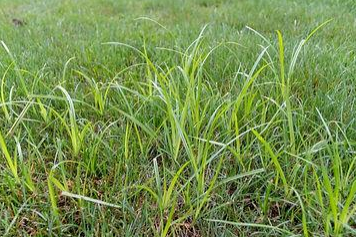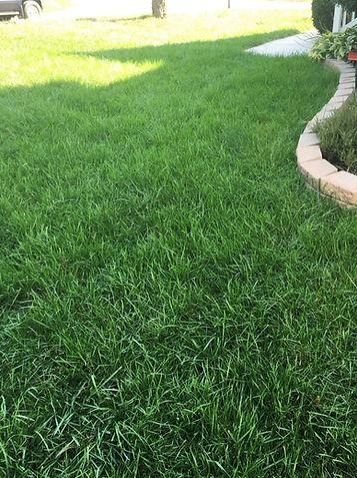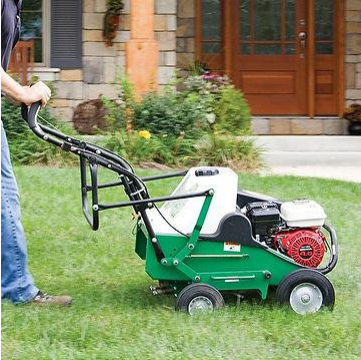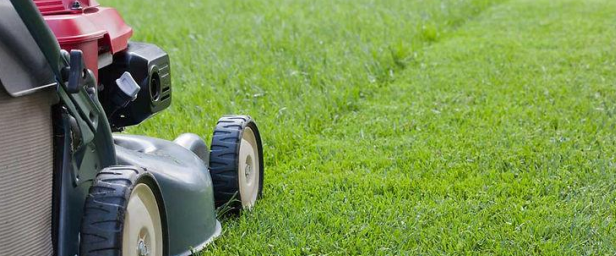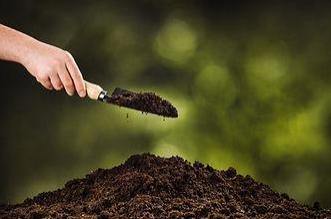HOW OFTEN SHOULD I WATER?
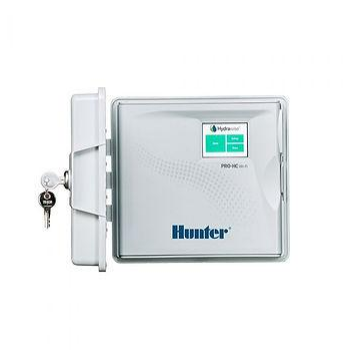
Chesterfield, VA. The answer to how often should I water combines several factors - watering requirements depend on the type of grass on the lawn, the type of soil under the lawn, and exposure that the lawn endures. The idea is to water deep and infrequently as possible to force the roots of the plants to grow down deeper, and the surface can stay firmer with less disease pressure.
The cool season grasses will require more water than warm season during the summer months. The frequency of watering for cool season grasses - think fescues - is ideally once per week. In the off season, we can get away with once per week, as the summer nears, usually we require twice a week. At this point in the year, say mid June, we see what type of summer weather we get, some years are wet, and some are hot and dry each demands a different schedule. When we get hot and dry, we first take the station watering times up, only adding an additional day if absolutely necessary. Normally irrigation systems are built to supplement nature, but in times of drought and extreme heat, they have to be turned up in an attempt to replace nature.
Clay soils hold water longer, but take longer to get the water to penetrate to depth, sandy soils frequently dry out quickly due to the air, and lack of organic matter to hold onto moisture. Loams are the best mix, marrying the penetration of a sandy soil with the organic matter/moisture holding of a clay soil, the best of both worlds.
Exposure can be something simple, but not often thought through. Paying attention to which side of the property is south facing, west facing and demands more water due to the excessive afternoon heat, which zones will need to be turned up 10-50% in order to account for that difference. In the same way, areas of low exposure can be turned down, thinking of north facing, or shaded areas not in competition from tree roots.
We are looking to apply approximately one inch of water to the lawn weekly. On clay soils that may remain one cycle per week, on sandy soils it may mean 2-3 smaller cycles per week because the soil will not hold the moisture the same way. How do we know how much is 1" of water per week? We can use the catch can analysis test to set up and maintain how long each zone needs to run in order to get 1" of water. This analysis test will also help fine tune the zones so that they are watering based on output rather than guessing how long each should run.
Upon completing the catch can analysis test to find out how long to run each zone for 1" of water to be applied, we can take into consideration the grass type, soil type, and environmental exposure factors to further manipulate the output. For example if a zone needs to run for 30 minutes to put out 1" of water per cycle, and that zone is south facing, it may need to receive an extra 20-25% time to maintain equivalent moisture levels to another zone which is east facing and getting 1" per week.
Although the test and irrigation factors may seem complex, once they are set up correctly along with controller systems they can save you on wasted water, disease problems, and your monthly water bills while giving you a better lawn to boot. A better lawn with less time and money inputs is an amazing combination.
If you liked my blog post, share it with a friend! For more information, questions or comments - sign up to share.
About me
Sean Welch is the owner/operator of SuperTurf LLC where he helps homeowners in the area improve the quality of their lawns and irrigation setups to achieve the success they desire. He was a formerly a golf course superintendent with a degree in Landscape and Turfgrass Management from Virginia Tech.

